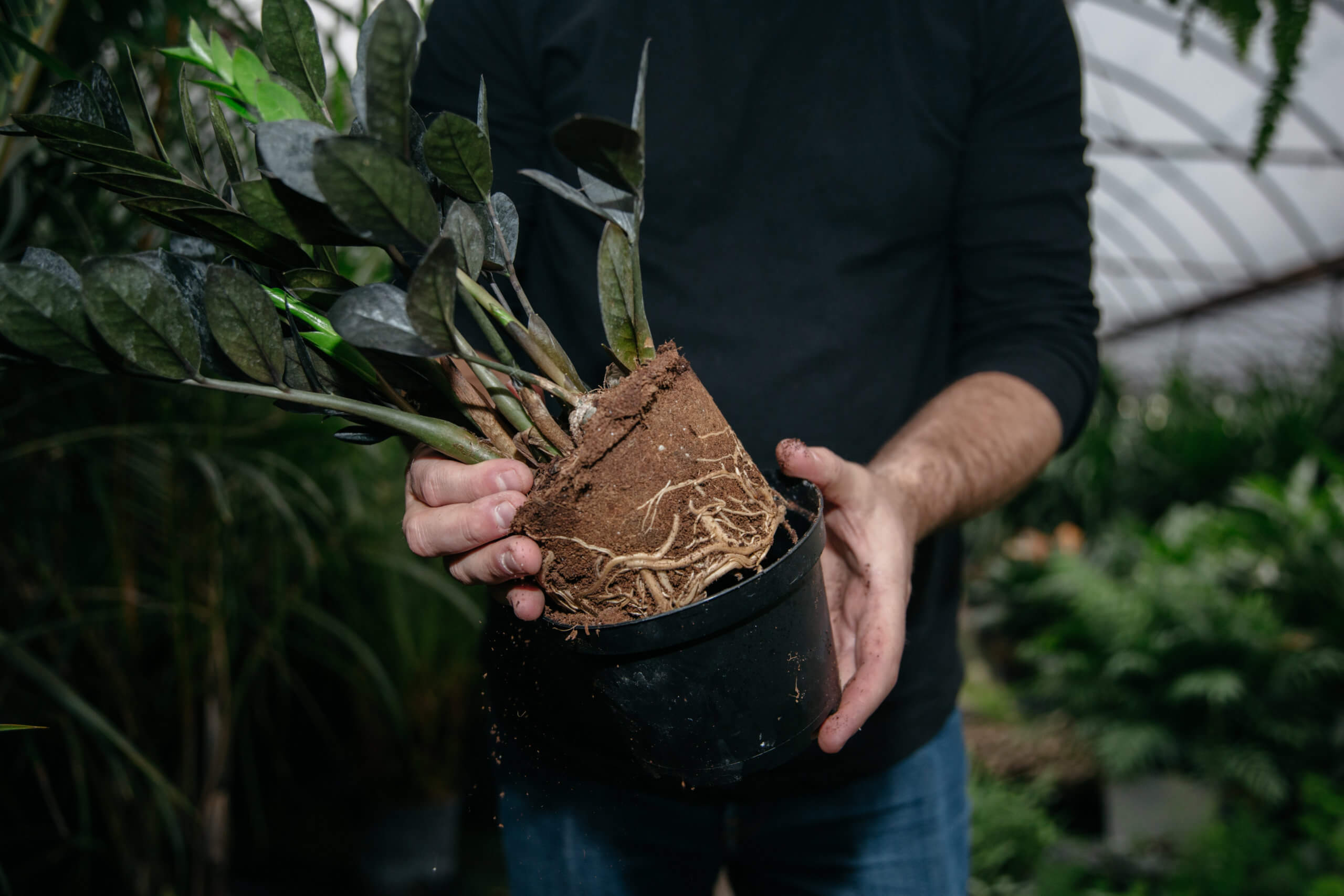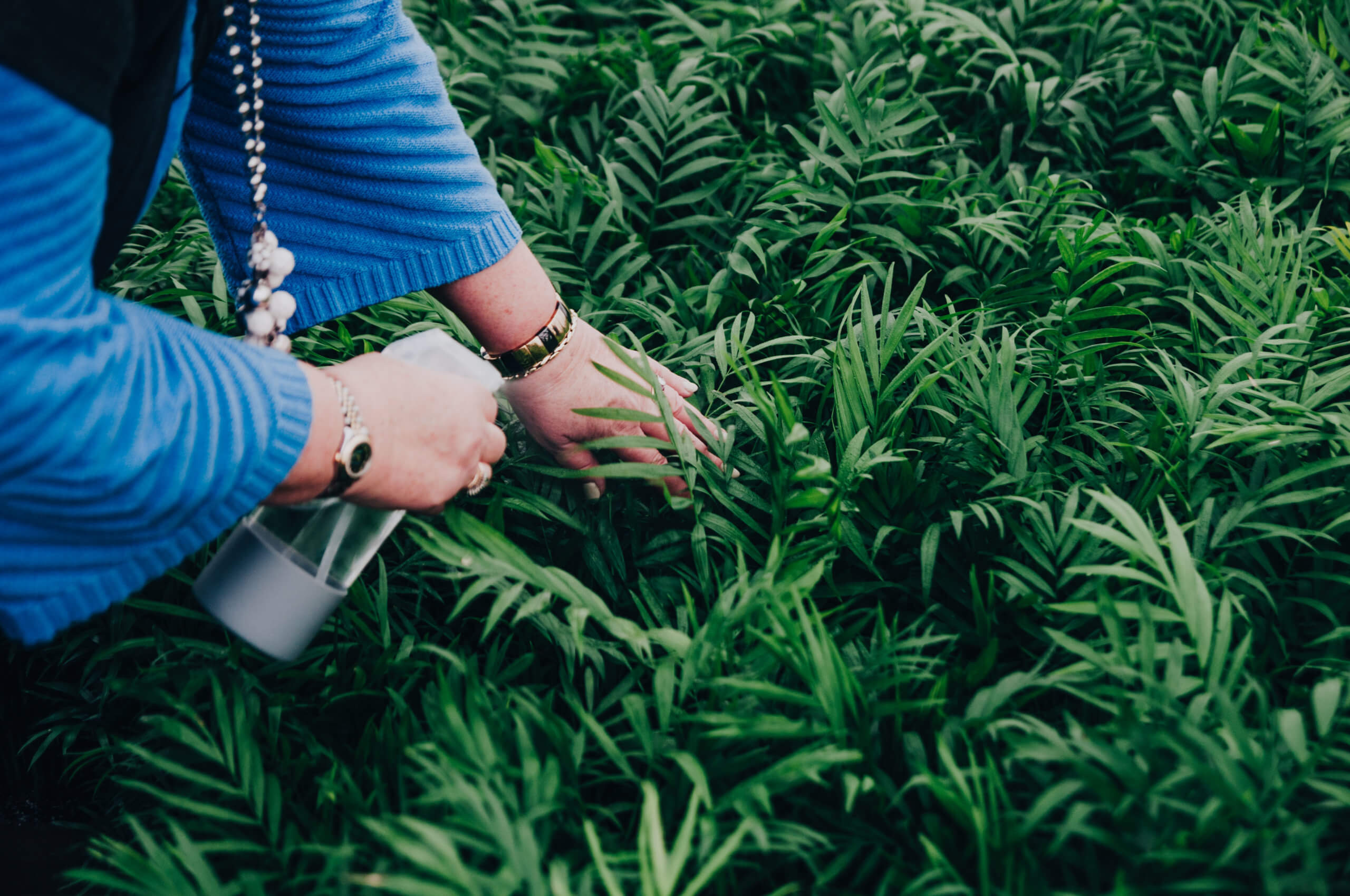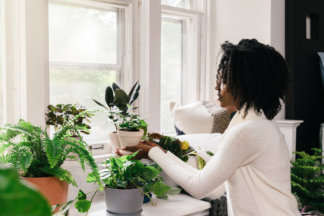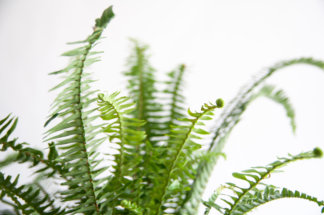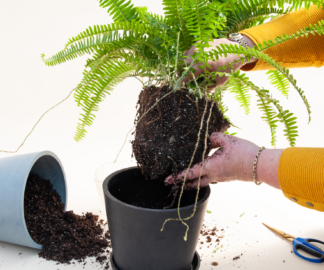Green Living
Fact or Myth: Does Music Affect Plant Growth?

Have you ever wondered if there’s any truth to the theory that playing music for plants helps them grow? How do they “hear?” Do they prefer Vivaldi or Harry Styles?
While there have been studies conducted that suggest that plants do indeed respond well to music, the truth of the matter is still up in the air. That being said, the evidence that supports the idea is very compelling!
Read on to learn about how these ideas originated and what science has to say on the matter.
Where did these claims about plants and music start?
It may not surprise you to learn that the idea that music can affect plant growth took root at the height of new-age thinking. The Secret Life of Plants, published in 1973 and written by Christopher Bird and Peter Tompkins, is an account of the “physical, emotional and spiritual relations between plants and man” that helped popularize the idea. Bird and Tompkins cited scientific studies that suggested that not only does music help plants grow, but that they have a level of consciousness and can intelligently respond to people.
One of the earliest studies of the effect of music on plants was conducted in 1962 by Dr. T. C. Singh, Head of Botany at Annamalia University. He exposed balsam plants to classical music and found that their growth rate increased by 20% compared to a control group, along with a 72% increase in biomass. He then exposed crops to raga music over loudspeakers and found they yielded 25% – 60% more than the national average.

The researchers at Annamalia University experimented with flute, violin, harmonium, and reena music, and even saw positive results exposing plants to the vibrations from traditional Indian dance. They ultimately concluded that the violin was the most effective instrument.
These results were replicated by Canadian engineer Eugene Canby. He exposed his wheat fields to J.S. Bach’s violin sonata and experienced a 66% increase in yield.
The same year that The Secret Life of Plants was published, researcher Dorothy Retallack of Colorado’s Women’s College amalgamated her research on plants and music into her book: The Sound of Music and Plants. She conducted experiments where she exposed plants to an extended F note and found that they were much healthier than the control group.
She then experimented with different types of music, including classical, jazz, and rock. Plants exposed to the more soothing classical and jazz music grew towards the speaker and even entwined themselves around it. Plants exposed to “discordant” rock music, on the other hand, grew away from the speakers and showed signs similar to overwatering.
So maybe plants are just really big fans of Bach and Louie Armstrong.
How can this behavior be explained?
Many of the researchers who conducted these experiments, Singh and Retlack among them, concluded that plants exhibit an empathetic response to the music they were hearing. It is worth noting that they also had many fringe beliefs – Retallack also thought that plants were capable of extrasensory perception (ESP) and shied away from rock music because of the lyrics.
The best scientific theory as to how music helps plants grow is through how the vibration of the sound waves affects the plant. Plants transport nutrients, proteins and organelles in their fluids (cytoplasm) through a process called cytoplasmic streaming. The vibration of certain types of music and sound may help stimulate this process – in nature, the plants may grow advantageously around bird song or areas with strong breezes.
Can it be proved?
While undoubtedly you’ll find many gardeners who swear their plants grow better when listening to Celine Dion, there is still no decisive evidence that music helps plants grow. Many botanists have criticized the experiments “proving” this fact as being pseudoscience, or scientifically-flawed and non-replicable.
A post from The University of California, Santa Barbara points out that there are so many variables in these experiments that may not have been properly managed or accounted for, such as light and water, air pressure, and soil conditions. They also suggest that it may simply be that it’s not the plants that benefit from the music, but their caretakers! This may also be why it is said that talk to plants helps their growth, as those caretakers are simply more attentive.
But the idea is still plausible, at least according to the popular TV show MythBusters. They tackled this topic in 2004, setting up seven greenhouses with different conditions: one had no music, one played classical music, one played death metal, two played recordings of negative speech and one played positive speech. In this version of the experiment, it was the death metal plant that grew better than the rest! Classical music was second, followed by the greenhouses playing speech, both negative and positive, exhibiting similar growth. The plant exposed to no sound was dead last.
Help your plants grow tall and strong
Music is food for the soul, but is it food for plants? We’re still waiting for a definitive answer. But regardless of whether or not playing music actually aids in plant growth, at the very least it couldn’t hurt! At least as long as you don’t put the plant right next to a speaker and crank it up to 11.
Musical taste aside, there are lots of things you can do to help your indoor plants grow tall and strong. Each plant has its own needs related to light conditions, watering, pruning, and fertilization.
Be sure to check out our Plant Care 101 for basic indoor gardening tips to make sure your plants are set up for success. You can also use our Plant Guides to look up care tips for a specific plant.
The Bloomscape HQ team has put together a set of playlists with tunes we play for our plants. Check Evann’s out below and click through to view the rest.






